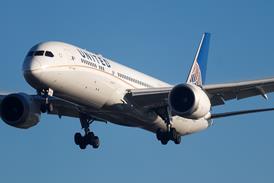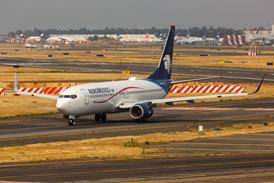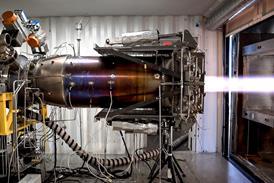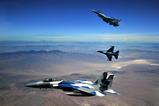Elite aviation within the US military’s Special Operations Command (SOCOM) will continue flying the ageing Boeing A/MH-6 Little Bird multi-role helicopter for the foreseeable future.
That is a departure from SOCOM’s earlier plan to retire the attack variant of the Little Bird and replace it with the now-defunct Future Attack Reconnaissance Aircraft (FARA). The US Army cancelled development of that next-generation armed scout in February.
Senior service officials decided the concept for a low-altitude crewed aircraft flying beyond the frontlines was too vulnerable to precision anti-aircraft munitions and swarms of cheap drones being deployed in modern conflict zones.
FARA’s demise has left SOCOM in a lurch. The headquarters that supplies Washington’s elite special operations forces (SOF) must now find a way to keep its small fleet of Little Birds both flightworthy and relevant.
“That changed our equation,” says Steven Smith, director of special programmes at SOCOM’s rotary-wing aviation procurement office.
Smith spoke on 7 May at the annual SOF Week conference in Tampa, Florida.

SOCOM manages a specialised fleet of aircraft, typically modified versions of standard types like the Sikorsky UH-60 Black Hawk and Boeing CH-47 Chinook tailored for special operations applications.
The Little Bird is exceptional in that it is a SOF-unique aircraft not operated by any of the USA’s conventional forces. Flown by the elite aviators of the US Army’s 160th Special Operations Aviation Regiment (SOAR), the Little Bird comes in both the MH-6 utility and AH-6 light attack configuration.
Smith says SOCOM had planned on acquiring FARA to replace both its AH-6s and the MH-60 defensive armed penetrator (DAP) variant of the Black Hawk.
Paul Kylander, who manages the Little Bird programme for SOCOM, clarified on 8 May that FARA was not being targeted to replace the MH-6 utility version of the Little Bird, which he described as having an “enduring presence” in the 160th fleet.
The cancellation of FARA development means the AH-6 and MH-60 DAP aircraft will now have to be sustained for “much longer”, Kylander says.
Some of that work was already happening. SOCOM and Boeing completed fleet-wide upgrades to the Block 2.2 standard, and deliveries of the latest Little Bird Block 3 configuration are ongoing.
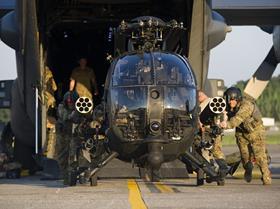
This includes a modernised cockpit and a brand new “zero hour” fuselage from Boeing. In addition to a flight hour reset, the new fuselages come with an improved weight rating of 2,270kg (5,000lb).
According to documents presented by SOCOM’s rotary-wing aviation office at SOF Week, the 160th SOAR will now operate the Little Bird as far out as 2040.
The new Block 3 aircraft will be designated the AH-6R, which Smith quips will stand for “resurrection”, referencing the type’s newfound lease on life.
SOCOM expects to complete fielding of the new AH-6Rs by 2031. The new Block 3 fuselages come with a 15-year service life, which Smith notes “gives the army a little bit of time” to figure out a long-term solution for the armed scout mission.
In the short term, army leaders plan to use a combination of uncrewed and space-based assets to fill the FARA role.
Given that uncertainty, Smith says SOCOM is looking at options to further upgrade the Little Bird fleet.
“We expect we’re going to want some additional performance,” he says, noting the diminutive Little Bird is the slowest aircraft in the fleet. The type boasts a top speed of around 126kt (233km/h).
Options being explored include an advanced rotor blade, a new powertrain and possibly even electrification. However, Smith notes SOCOM has “nothing currently planned or funded” with regard to additional Little Bird upgrades.
The command is looking for ideas from industry, though, and is encouraging firms with proposals to come forward.


